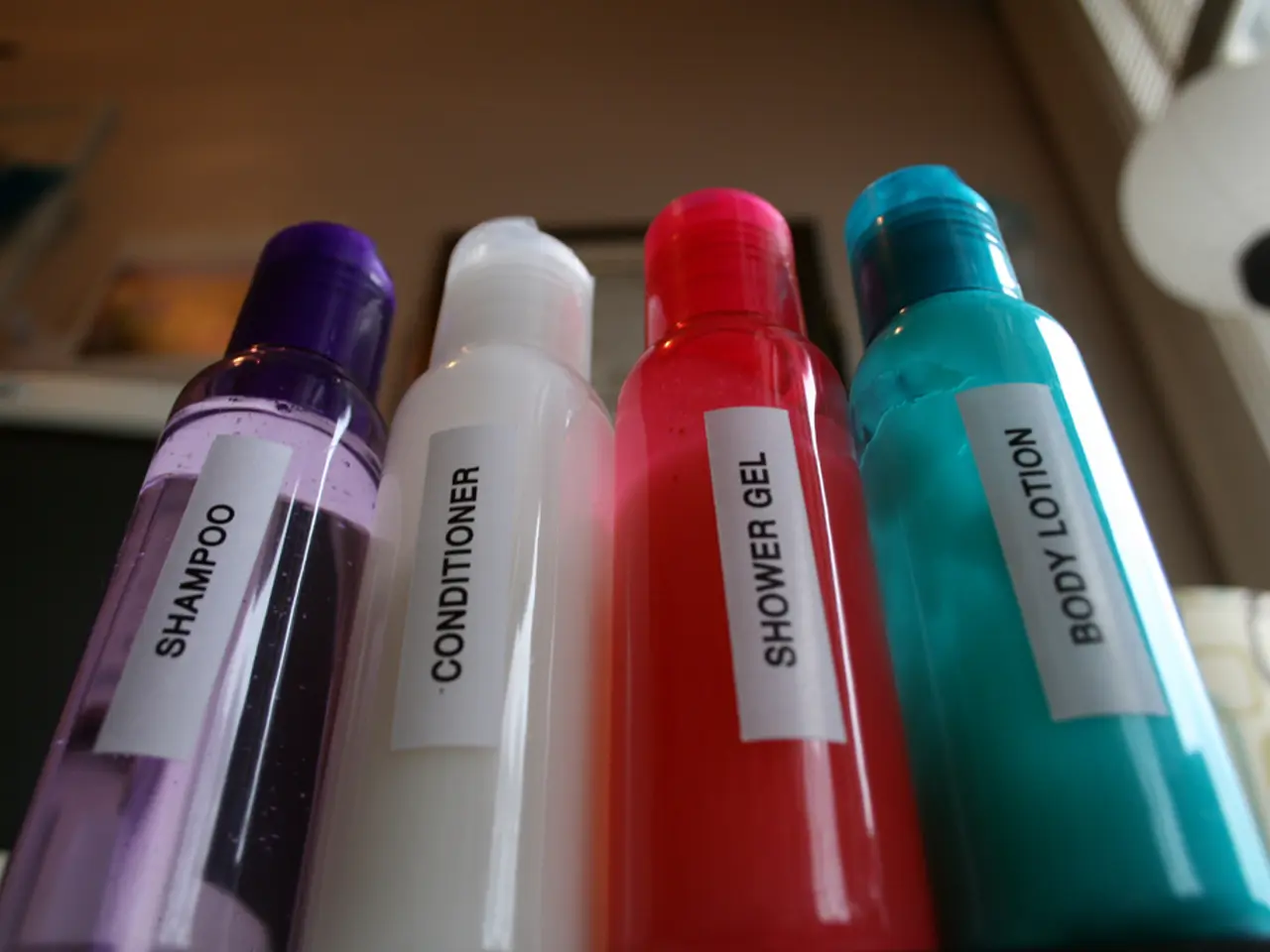Determining the Right Amount of Moisturizer Usage
### Title: The Right Amount of Moisturizer for Your Skin: A Comprehensive Guide
Maintaining the right balance of moisture in your skin is crucial for a healthy, glowing complexion. The amount of moisturizer you should use depends on your skin type and environmental conditions, as well as the moisturizer’s texture and your application technique.
### Skin Type Matters
- **Oily or acne-prone skin:** Use a lightweight, water-based gel moisturizer in a thin, even layer. Apply just enough to moisturize without leaving a greasy residue, usually a pea-sized amount for the whole face, focusing on areas prone to dryness. - **Dry or sensitive skin:** Opt for a cream-based moisturizer that is thicker and more nourishing. Apply a slightly thicker layer—enough to feel hydrated but not heavy or greasy. You might need around a nickel-sized amount, and pay special attention to driest areas of the face. - **Extremely dry, damaged, or mature skin:** Use a rich ointment or cream, especially at night. You may apply a generous amount enough to create a protective barrier, especially in harsh environmental conditions.
### Adjusting Amount Based on Environmental Conditions
In hot and humid climates, use lighter moisturizers in thinner layers to avoid excess oiliness. In dry or cold climates, use thicker, richer moisturizers, possibly layering a cream or adding facial oils to seal in moisture. When traveling between different climates, bring both a lightweight and a rich moisturizer so you can adjust the amount and type based on the weather and skin’s needs.
### Application Tips for Optimal Use
- Slightly warm your moisturizer between your palms to enhance spreadability and absorption but avoid overheating. - Use gentle upward and outward motions starting from the center of the face to the hairline. Use fingertips rather than palms to avoid stretching skin. - For delicate areas like under-eyes, use a gentle patting motion with your ring finger to apply moisturizer sparingly. - Apply moisturizer twice daily (morning and evening) on clean skin. After showering or washing your face, moisturize immediately to lock in hydration.
### Recommended Moisturizers
- Super Rich Ceramide + Collagen Firming Cream - Supermello Hyaluronic Gel Cream Moisturizer - Brightwave Vitamin C Brightening + Energizing Eye Cream
By following this tailored approach, your skin receives the right amount and type of moisture for your individual needs and environment, maximizing hydration without causing oiliness or irritation. Remember to apply moisturizer to your neck as well, and use gentle, upward strokes for application, starting from the neck and working up to the forehead.
For sensitive skin, fragrance-free formulas with soothing, hypoallergenic ingredients are recommended. Special considerations for different areas of the body include using lighter, non-comedogenic formulations for facial skin, while drier areas like elbows, knees, hands, and feet need thick, emollient-rich creams or body butters.
Proper moisturizer application involves cleansing the skin first, applying to slightly damp skin, and ensuring the entire face is covered. Additional sunscreen should be applied every two hours during prolonged sun exposure. Maintaining the right balance with your moisturizer is crucial; over-moisturizing can lead to greasy skin, clogged pores, and breakouts, while under-moisturizing results in dryness, tightness, and irritation.
- For acne-prone skin, use a lightweight, water-based gel moisturizer, applying just enough to moisturize without leaving a greasy residue.
- Dry or sensitive skin typically benefits from a thicker, cream-based moisturizer, with a slightly thicker layer applied to feel hydrated but not heavy or greasy.
- In extremely dry, damaged, or mature skin, a rich ointment or cream is recommended, especially at night, for creating a protective barrier.
- Adjust the amount and type of moisturizer based on environmental conditions, such as applying lighter moisturizers in thinner layers in hot and humid climates, or using thicker, richer moisturizers in cold or dry climates.
- For the optimum use of moisturizer, warm it slightly between your hands, apply it with gentle, upward and outward motions, and use fingertips for delicate areas like under-eyes.
- Proper skincare routine for sensitive skin includes fragrance-free formulas with soothing, hypoallergenic ingredients, and gentle application on the neck and other body parts, like elbows, knees, hands, and feet, which require thick, emollient-rich creams or body butters.
- In addition to moisturizer application, cleanser should be used beforehand, sunscreen should be applied every two hours during prolonged sun exposure, and skincare products like serum and eye cream can supplement the routine, all contributing to overall health-and-wellness and women's health.




